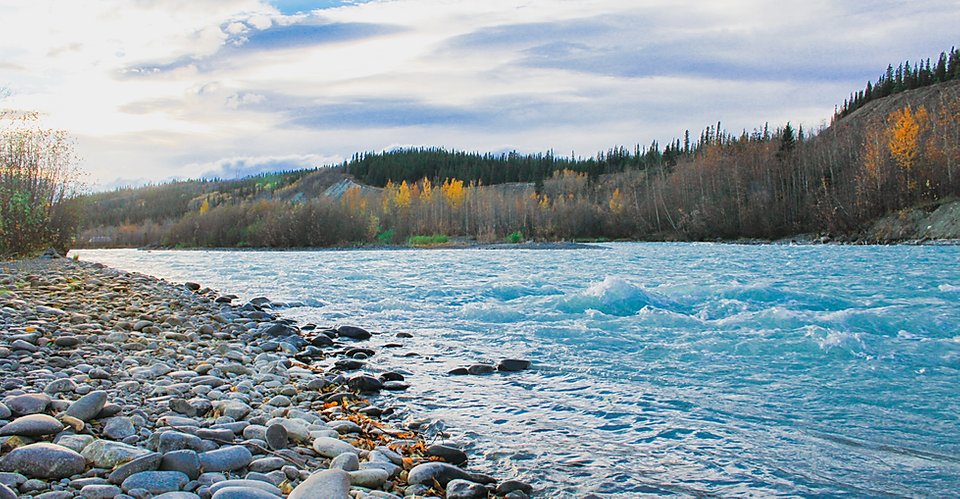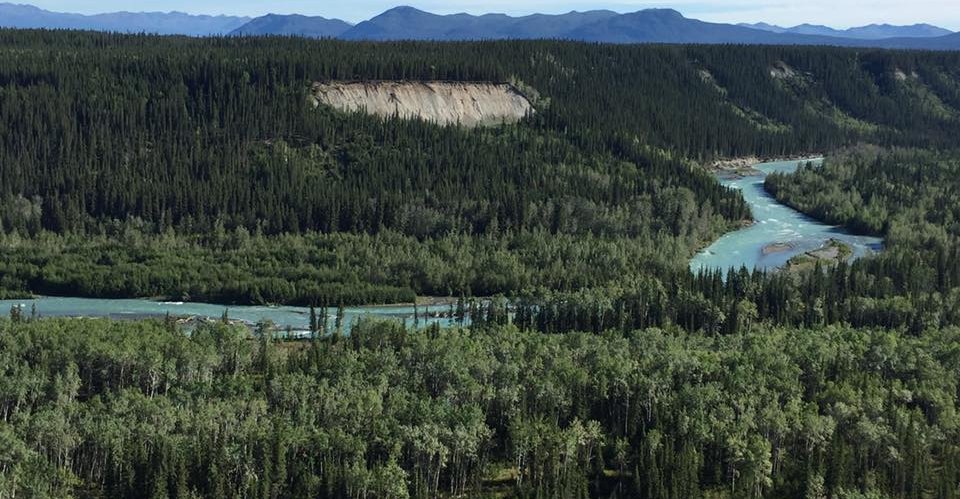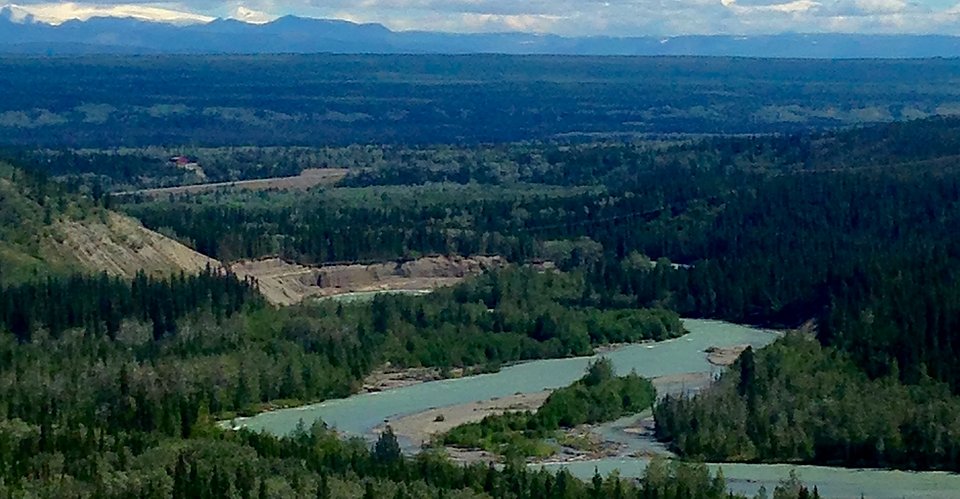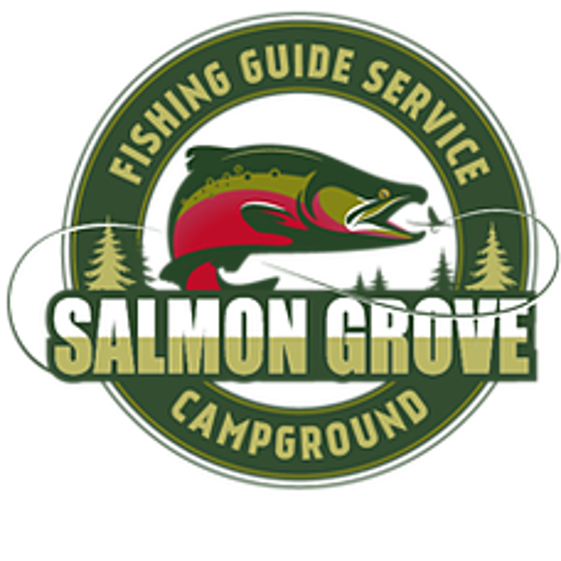Klutina River, Alaska
Klutina River Information
View the current water by following the link below
https://water.weather.gov/ahps2/hydrograph.php?wfo=pafc3&gage=klua2
The word Klutina literally means “fast water”. The Klutina River is indeed a very fast river flowing up to 14 mph. In addition to the swift current, the Klutina has intermittent class III rapids and should only be run by experienced boaters. The lower Klutina River has abundant fishing opportunities that are foot accessible from the parking areas next to the Klutina River highway bridges. A boat is required to access the remote areas of the upper Klutina River where steep banks and erosion limit walk-in access.
About the Klutina River
The Klutina River is a salmon spawning tributary of the Copper River. The blue-green river originates in the snowy Chugach Mountains at the Klutina Glacier where the water from snow and ice drains down into Klutina Lake. The river flows easterly from its outlet at Klutina Lake into the Copper River. The river passes through the historic town of Copper Center right before its confluence with the Copper River. The river is surrounded by steep banks where it is possible to view eagles and brown bears. During the early season, the canyon walls are filled with wildflowers including the lovely tundra rose. You will not see a single man-made structure along the river bank from the point of your put in until you return to the Richardson Highway area.
Waters flowing out of Klutina Lake at the outlet are deep and smooth. The river quickly braids and when the braids come back together you can expect the start of the rapids. The Klutina River has intermittent class III rapids starting from river mile 19 continuing all the way down to the confluence with the Copper River. Water levels can change daily with weather conditions, rain, glacier melt, and freezing temperatures.
One unique characteristic of glacial rivers like the Klutina is the color of the water. Glacial silt starts to settle in the lake at its headwaters and the water flows a beautiful blue-green color. The dynamic Alaskan landscape and weather conditions constantly transform the river’s color and volume. Run-off from erosion, mudslides, permafrost melt or rain can often cause the river’s clarity to decrease every mile from the lake down. The river can be clear on the upper miles and mud-brown by the campgrounds. Our guides stay up to date on which factors are contributing to turbid water conditions and we will often fish the upper river to find clear water.
Klutina River Salmon Fishing Season
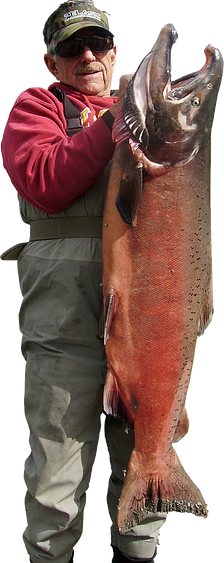
King Salmon Season
July 1 – August 10
The Klutina River king salmon run accounts for a large number of kings that enter the watershed. The Klutina River king salmon arrive in early June and continue to run until early August. The Alaska Department of Fish and Game regulates the king salmon fishing season on the Klutina River and Klutina River king salmon fishing season is open July 1 – August 10.
The majority of the king salmon return during the month of July. Unlike red salmon, king salmon can be mainstream spawners. They are able to spawn in slack water, deep slow holes and eddies along the entire river. The peak fishing dates for king salmon on the Klutina River are July 10 – August 10
Red Salmon Season
June – August
The Klutina River is a great place to fish for Copper River Red Salmon. The large fish counts and long run times can make the Klutina River a red salmon fishing paradise. The reds can show up as early as the end of May and run steadily all the way into the beginning of September. Other years, we don’t see many reds in August and the run seems to peak in July. Variation in the exact run timing can be attributed to various environmental factors including temperature, river ice, snow melt, water levels and the exact time of spring break up. The Copper River sockeye salmon that return to the Klutina River travel quickly upstream to the clear streams of the Klutina Lake to their spawning beds. Give us a call for the daily fishing report.
